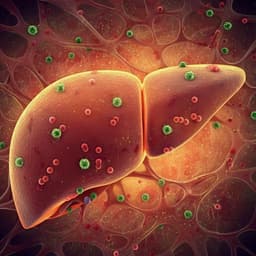
Medicine and Health
Dynamic lipidome alterations associated with human health, disease and ageing
D. Hornburg, S. Wu, et al.
Discover how lipids shift with health changes in an extensive study involving over 1,500 plasma samples! This groundbreaking research by Daniel Hornburg and colleagues reveals insights into the lipidome's role in immune homeostasis and inflammation, particularly during aging and disease. Dive into the potential for personalized interventions based on these dynamic findings!
Playback language: English
Related Publications
Explore these studies to deepen your understanding of the subject.







